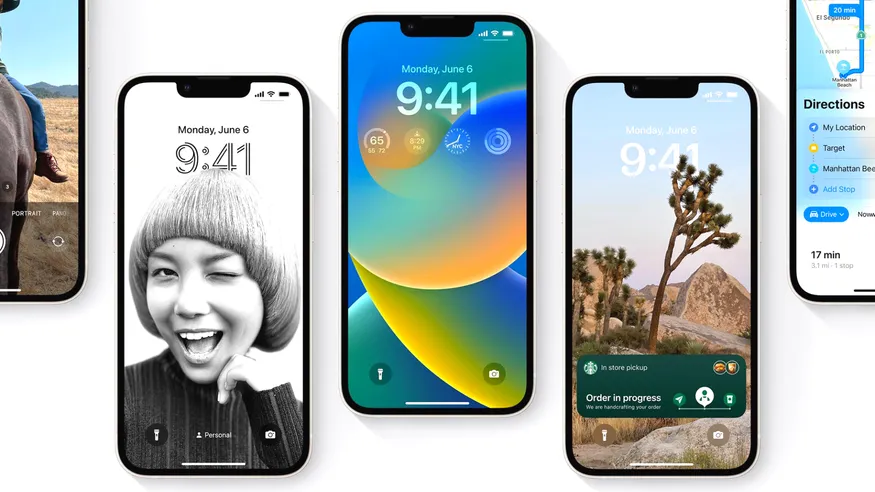On June 6, Apple presented its latest software updates, features and products set to debut this fall at the Worldwide Developers Conference (WWDC) 2022 - and it did not disappoint. Fans have a lot to look forward to - from editing options in Messages to the new MacBook Air 2022 - but what is yet more exciting for Kazakhstan specifically is one of the enhancements introduced in the upcoming version of Apple's operating system, iOS16.
Kazakh in iOS 16
People will be able to select Kazakh as the system language of their Apple devices. In addition to that, the Kazakh language will also be supported in the autocorrect function.
This appears to be a sensible step after Apple added the Kazakh language keyboard in 2019. The minister of digital development, Bagdat Mussin, took to his social media pages to share the news as well as thank the company.
Today, Apple announced the innovations that will affect the global community. For us, this presentation was especially important, since Apple has added the Kazakh language to the new iOS16 (iPhone Operating System), with the autocorrection function. In 2019, the Kazakh language was officially included in the list of languages, now artificial intelligence functions have already been connected for automatic correction. This concludes that there are more users, and the Kazakh language is becoming universally recognized all around the world.
Mussin also expressed the idea of adding the Latin alphabet in future updates on his Twitter page.
WWDC 2022 Keynote Recap
Besides the good news, here are some of the highlights from the keynote made by Tom's Guide.
iOS 16: The updated iPhone software coming in the fall introduces a redesigned lock screen that gives you more customization options. You'll also be able to include widgets on the lock screen. Messages gives you the ability to edit and even recall texts; you'll be able to watch videos using SharePlay from within Apple's messaging app, too.
Wallet, Maps and Photos all see new features and enhancements, but the biggest change will be Car Play is working with car makers on a revamped interface due out next year. Be sure to check our list of iOS 16 supported devices to see which iPhones make the cut.
MacBook Air 2022: The new MacBook Air 2022 is here, and it looks very impressive. You get a bigger and brighter 13.6-inch display, a faster M2 chip and a better 1080p webcam in a much more compact design that's 20% smaller. And the four color options add a dash of style to this powerful laptop. The only real catch? It starts at $1,199 / AU$1,899, which is steep. The new MacBook Pro 2022 13-inch is also getting the M2 chip.
macOS Ventura: macOS 13 also sees a surprising number of changes, including a new name after the Southern California coastal city. The highlight here is Stage Manager, a new way of multitasking that puts the app you're working on front and center. We're also impressed by a feature that will let you seamlessly use your iPhone as a webcam on video calls in macOS Ventura.
iPadOS 16: The iPad supports multitasking through Stage Manager, too. A Freeform app creates a shared whiteboard to help with group collaboration and Apple is touting boosted gaming features on the iPad.
watchOS 9: Compared to the other software updates coming this year, WatchOS 9 feels more like a run-of-the-mill version, introducing new watchfaces. But there are improved health-tracking features like the ability to monitor sleep stages and log your history with irregular heartbeats, too.
To catch all of Apple's announcement, watch the keynote livestream embedded below.
